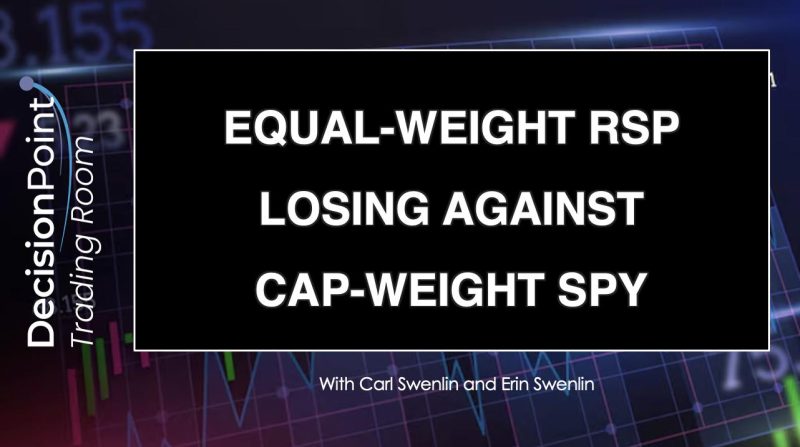In the world of finance and investing, the debate between equal-weight and cap-weight strategies has been a longstanding topic that continues to intrigue and challenge investors. The notion of whether equal-weight strategies are more effective than cap-weight strategies has sparked a plethora of discussions among financial experts, with proponents and critics on both sides of the argument.
The idea behind equal-weight strategies is simple yet powerful. By assigning each stock in a given index the same weight, regardless of its market capitalization, proponents argue that this approach offers a more diversified and balanced portfolio. This means that smaller companies have an equal footing in the performance of the index compared to larger companies. The concept of equal-weighting can potentially lead to higher returns during bull markets when smaller companies outperform their larger counterparts, adding an element of risk diversification and potentially higher growth opportunities.
On the other hand, cap-weight strategies, which are based on the market capitalization of each stock, have been the traditional approach for many investors in tracking the performance of major indices. The argument in favor of cap-weighting lies in the fact that it reflects the market’s collective wisdom – as larger companies tend to have a greater impact on the index due to their size and influence. Proponents of cap-weighting argue that this method provides a more accurate representation of the market and tends to perform well over the long term, especially during stable market conditions.
In the recent comparison between the DP Trading Room Equal-Weight and Cap-Weight SPY strategies, it is evident that there are nuances and complexities involved in determining the better-performing strategy. While the equal-weight strategy may outshine the cap-weight strategy during certain market conditions, such as in periods where smaller companies experience significant growth, it may also underperform during times when larger companies dominate the market.
In conclusion, the debate between equal-weight and cap-weight strategies is far from settled. Each approach has its own merits and drawbacks, and the effectiveness of a particular strategy may largely depend on the prevailing market conditions and investor preferences. As with any investment decision, it is crucial for investors to carefully assess their risk tolerance, investment goals, and market outlook before choosing between equal-weight and cap-weight strategies. Ultimately, the key to successful investing lies in diversification, careful analysis, and a long-term perspective in navigating the ever-changing landscape of financial markets.
